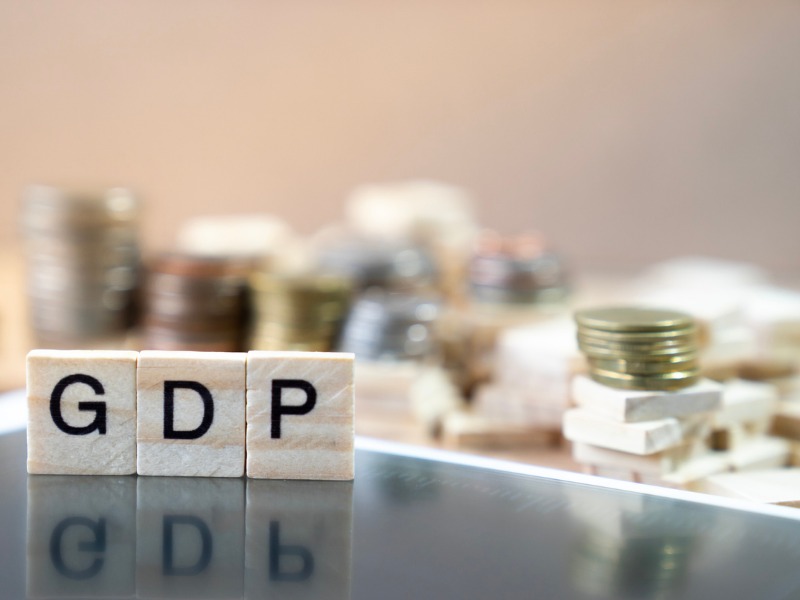
The Canadian economy’s strong bounce back at the start of the year appears to have been short-lived, as new data suggests growth is on a downward trajectory.
Statistics Canada said Friday that the economy grew by 0.1% in February. Its preliminary estimates suggests real gross domestic product grew at an annualized rate of 2.5% in the first quarter, and contracted in March.
RBC assistant chief economist Nathan Janzen said the quarterly growth, compared to the last decade, is a “respectable pace of growth” — but there’s a caveat.
“If you look at the monthly details, you just see that all of that increase came from January,” Janzen said.
After a slowdown in business inventories brought down growth to zero in the fourth quarter, the Canadian economy bounced back with 0.6% growth in January.
Meanwhile, February’s figure came in lower than was expected by Statistics Canada as wholesale and retail trade as well as manufacturing all contracted.
Boosting real GDP in February was growth in the public sector, professional, scientific and technical services, construction and finance and insurance.
An economic slowdown has long been expected as interest rates have climbed higher. And while some economists had anticipated that slowdown to appear earlier, signs of weakness are now becoming more apparent.
“After sprinting out of the gate to start 2023, the Canadian economy had already hit a wall by March,” CIBC economist Andrew Granthan wrote in a client note.
The federal agency’s preliminary estimate for March suggests the economy contracted by 0.1%. The expected dip in real GDP is driven by continued declines in wholesale and retail trade, in addition to mining and quarrying.
But Grantham said the new data shouldn’t change much for the Bank of Canada’s outlook, which is holding its key interest rate steady at 4.5%, the highest it’s been since 2007.
“Until there are clearer signs that slowing growth is also helping to ease core inflation, the Bank of Canada will continue to lean toward raising interest rates, even if a hike is not ultimately needed, with rate cuts not coming until 2024,” Grantham said.
At the Bank of Canada’s last interest rate decision, governor Tiff Macklem sent a clear message to financial markets that they should not expect rate cuts in 2023.
“The implied expectation in the market that we are going to be cutting our policy rate later in the year, that doesn’t look today like the most likely scenario to us,” Macklem said on April 12 at a news conference.
As the central bank continues to hold its key interest rate, it remains concerned inflation might prove to be sticky down the road, making the return to the two% target potentially more challenging.
Inflation has slowed significantly since last summer, with the annual inflation rate at 4.3% in March. The Bank of Canada expects the headline rate to fall to three% by mid-year but a slow decline to two% by the end of 2024.
With that in mind, the Bank of Canada’s summary of deliberations released earlier in the week revealed its governing council contemplated raising rates earlier in the month.
And while the slower growth isn’t enough to quell the Bank of Canada’s worries just yet, Janzen said “it lowers the odds that (it’ll) have to hike rates further.”
As the economy continues to slow, the labour market is expected to feel the effects. So far, it’s remained surprisingly strong amid high interest rates, with the unemployment rate at five% in March.
Janzen said it can take two to three months for a slowdown to impact employment levels.
Unemployment is expected to rise eventually this year, as businesses facing slowing sales adjust their hiring plans.